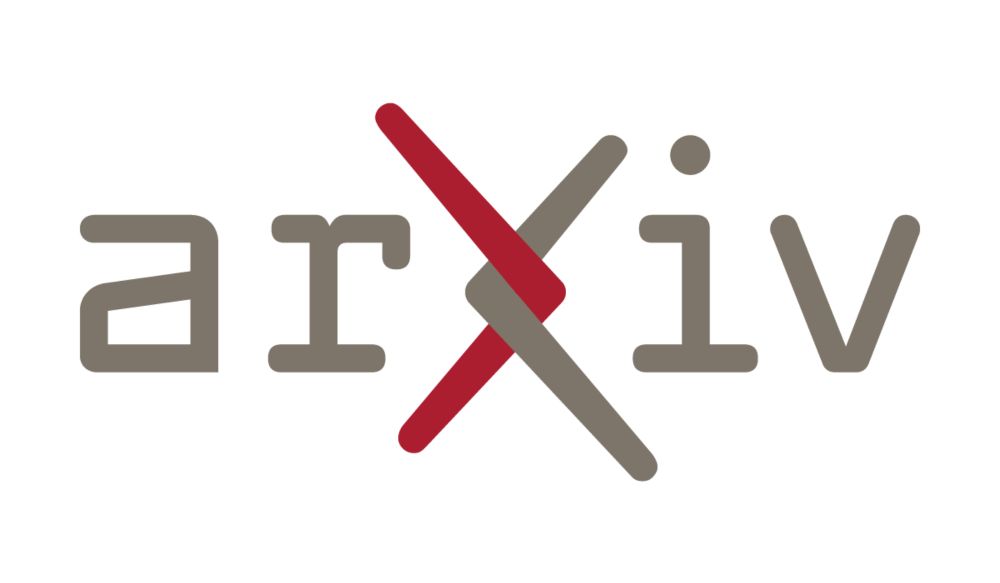Andrew Lampinen
@lampinen.bsky.social
7.4K followers
640 following
210 posts
Interested in cognition and artificial intelligence. Research Scientist at Google DeepMind. Previously cognitive science at Stanford. Posts are mine.
lampinen.github.io
Posts
Media
Videos
Starter Packs
Reposted by Andrew Lampinen
Andrew Lampinen
@lampinen.bsky.social
· Aug 6

Deep learning generalizes because the parameter-function map is biased towards simple functions
Deep neural networks (DNNs) generalize remarkably well without explicit regularization even in the strongly over-parametrized regime where classical learning theory would instead predict that they wou...
arxiv.org
Andrew Lampinen
@lampinen.bsky.social
· Aug 5

Equivalence between representational similarity analysis, centered kernel alignment, and canonical correlations analysis
Centered kernel alignment (CKA) and representational similarity analysis (RSA) of dissimilarity matrices are two popular methods for comparing neural systems in terms of representational geometry. Alt...
www.biorxiv.org
Andrew Lampinen
@lampinen.bsky.social
· Aug 5
Andrew Lampinen
@lampinen.bsky.social
· Aug 5
Andrew Lampinen
@lampinen.bsky.social
· Aug 5
Andrew Lampinen
@lampinen.bsky.social
· Aug 5
Andrew Lampinen
@lampinen.bsky.social
· Aug 5










